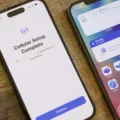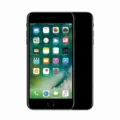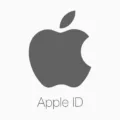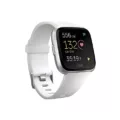Are you an iPhone X user worried about the potential for virus attacks? You’re not alone! Many people are concerned about the rising threat of malware and viruses on mobile devices, particularly those running iOS.
Unfortunately, iPhones can in fact get viruses and other malware. This is especially true if someone has jailbroken their phone or if they’re targeted in a phishing attack. However, for most users, the risk of malware infection is quite low.
But what can you do to protect your iPhone X from viruses? The first step is to be aware of the different types of viruses that can infect your device. These include ransomware, adware, spyware, and phishing scams.
You should also take steps to delete any suspicious apps that you may have downloaded on your phone. Additionally, it’s important to clear the website data and browser history on a regular basis as some malware can live in local storage. Finally, restarting your phone regularly will help keep any malicious software at bay.
Apple also offers a Safety Check feature that is available on iPhone devices with personal Apple IDs (not Managed Apple IDs) and two-factor authentication enabled. To access this feature, simply go to Settings > Privacy & Security > Safety Check in your Settings app.
By following these tips you can help ensure that your iPhone X remains free from malicious software attacks. Remember to be vigilant when it comes to security and always practice safe browsing habits!
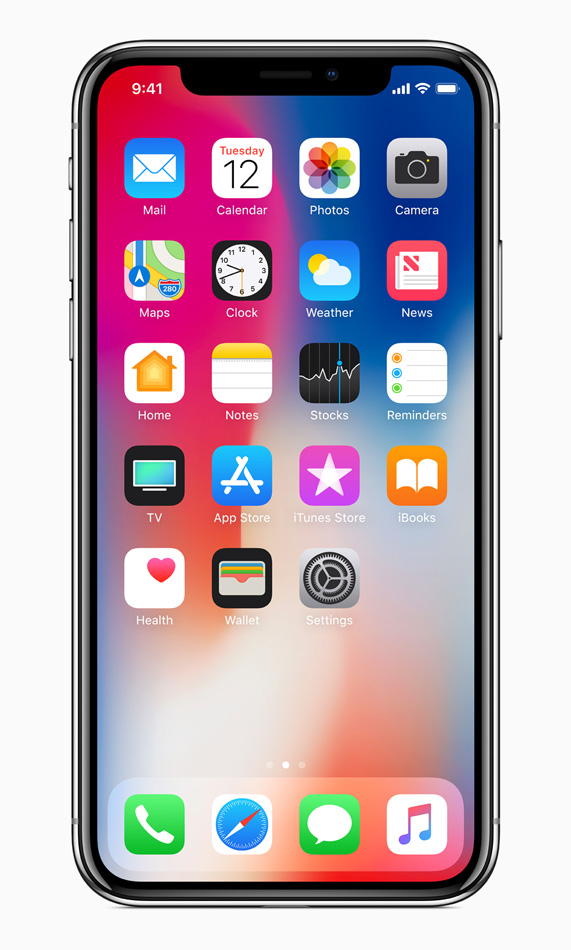
Can iPhones Get Viruses?
Yes, it is possible for your iPhone X to get a virus. While it is relatively rare, iPhones can be vulnerable to viruses and other forms of malware if the phone is jailbroken or if the user is targeted in a sophisticated phishing attack. To protect your iPhone X from viruses, it’s important to keep your phone up-to-date with the latest security updates and only download apps from trusted sources like the App Store. Additionally, you should be cautious when opening emails and clicking links from unknown senders. Finally, avoid jailbreaking your device as it increases its vulnerability to malicious software.
Removing Viruses from an iPhone X
The best way to fix a virus on an iPhone X is to first delete any suspicious apps that may be causing the issue. This can be done by going to Settings > General > iPhone Storage and tapping on the app to delete it. It is also important to clear website data and browser history, as some malware can hide in local storage. Finally, restart your phone, as malware may spread when your phone is on. If the issue persists after these steps have been taken, you may need to contact Apple Support for further assistance.
Checking if an iPhone Has a Virus
You can check if your iPhone has a virus by using Safety Check. This tool is available on iPhones that have a personal Apple ID (not a Managed Apple ID) and use two-factor authentication. To access Safety Check, sign in to Settings > [Your Name] on your iPhone, then go to Settings > Privacy & Security > Safety Check. The tool will scan your iPhone for malicious software, such as viruses and malware, and alert you if any is found.
Signs That Your iPhone Has Been Hacked
If you suspect that your iPhone has been hacked, there are a few tell-tale signs to look out for. First of all, you may find that your battery is draining faster than usual. This could be a sign that malicious software is running in the background and consuming your battery’s power. Additionally, you may be using more data than normal, even when not actively using the phone. This could be caused by malware sending data over the network without your knowledge.
Another sign of a hacked iPhone is if it starts acting strangely. You may notice that apps open and close unexpectedly or that certain settings have been changed without your permission. If you find any enterprise or developer apps installed on your phone that you don’t recognize, this could also indicate an attempted intrusion.
Finally, if you hear clicking noises or electronic interference coming from the phone, it’s possible someone has jailbroken it and is attempting to access the data stored on it. If you ever receive suspicious links via email or text message, don’t click them as they could be attempts to install malicious software on your device. It’s also important to be aware of targeted attacks which can use social engineering techniques to try and gain access to sensitive information stored on your device.
The Severity of iPhone Viruses
Yes, iPhone viruses can be serious. Although it’s rare for iPhones to become infected with viruses, it is possible. When an iPhone is infected with a virus, the malicious code can cause damage to your data or access private information. Viruses can also slow down the performance of your phone or even cause it to crash. It’s important to protect your iPhone by keeping it up-to-date with the latest software and avoiding downloading suspicious apps and websites. Additionally, make sure that you only connect your device to trusted networks and that you use a secure password. By taking these steps, you will reduce the risk of viruses infecting your iPhone.
Does Resetting an iPhone Remove Viruses?
Yes, resetting your iPhone to its factory model will remove any viruses or infected files or programs on your device. This is an extreme option that works almost every time, though in rare cases it may not be effective. When you reset your phone, the settings are restored to their original defaults and any added apps, data, or other user-generated content are erased. This means any malicious software that may have infected your device will be eliminated in the process. However, it’s important to note that resetting your phone does not protect you from reinfection in the future. It’s always a good idea to keep up-to-date with security updates as well as download reputable security software for protection against future threats.
Conclusion
To conclude, iPhones can get viruses, but this is rare as long as the phone is not jailbroken or targeted in a high-value spear phishing attack. If you suspect your iPhone X has a virus, you should delete any suspicious apps, clear website data, and browser history, and restart your phone. You can also use Apple’s Safety Check feature to detect any malicious activity on your device. By taking these steps, you can help protect your iPhone X from viruses and other malware.

